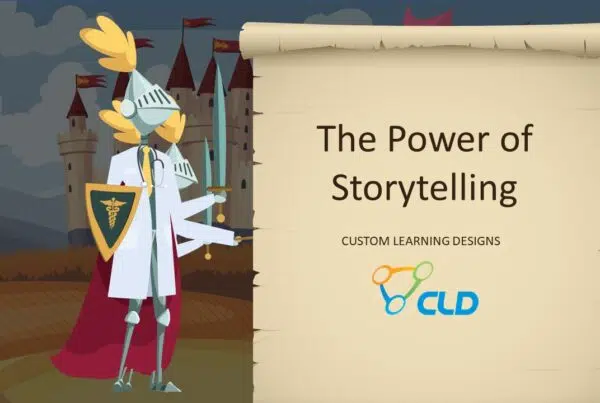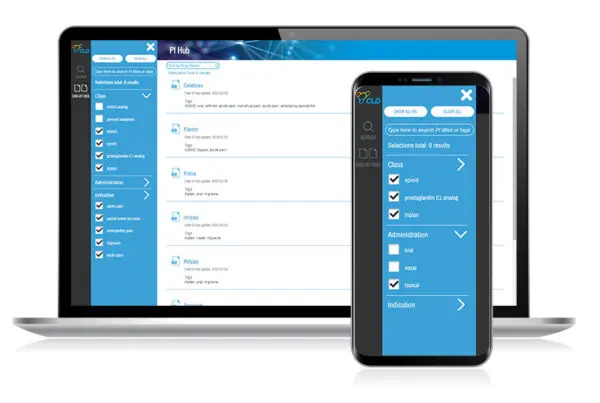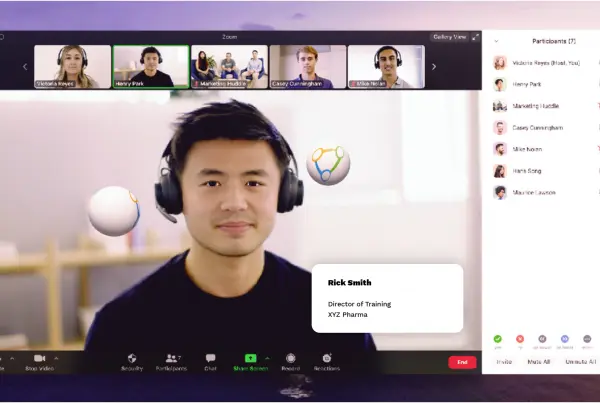CLD’s very own Principal Content Lead, Alicia Muck, is attending The ATD (Association for Talent Development) 2015 International Conference & Exposition this week, which brings the training and development industry to life. She’ll be sharing some of the hot topics as well as her key learnings and takeaways from sunny (and steamy) Orlando!
Session: Competencies, Challenges, and Trends in Instructional Design: Results of Research by ATD, IACET, and R&A
Session Takeaway
Overall, the field is keeping the learner in the forefront. However, it is moving away from structured learning design models (ie, traditional instructional design) to a more eclectic style of Instructional Design by blending existing models based on the learner, time, money, the client, global needs, etc. We are moving to Information Design—the art of presenting content in a way that engages people. Embracing new technologies is important; however, deciding what medium is the right approach for the training being developed is vital.
Alicia’s Key Learnings
1. Current Practices
- eLearning/mLearning
- Game-based learning
- Responsive design
- Social learning/social media
2. Instructional Design Challenges
- Insufficient time to develop
- Lack of evaluation of past training to inform future design
- Inefficient budget
3. Emerging Trends
- Storytelling
- Infographics
- Designing content for use in various cultures/regions
- Learning analytics
- Virtual simulation

Session: Design Thinking for the Instructional Designer by Angel Green
Session Takeaway
Working the steps below into an existing content development structure can help keep the learner at the forefront. When mired in the development process, we can sometimes lose sight of the learner and their needs. However, using quick brainstorming techniques brings us back to the learner at each step. Ideally, involving the learner in this process will create an even more engaging and utilized tool. The goal is to avoid #IHateTraining.
Alicia’s Key Learnings
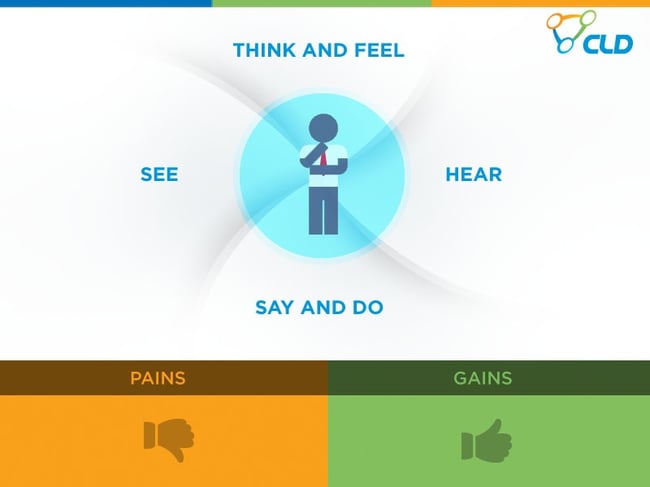
Session: Bite-Size Content and the New E-Learning by Stephen Meyer
Session Takeaway
We are in the middle of an evolution of training and need to adapt our training to address the new way that brains crave and process information. With a rising number of Millennials and Gen Y (people in their 20s and early 30s) entering the workforce, this need is going to dramatically increase and we need to be ready to train how they learn – in short bursts of information.
Alicia’s Key Learnings
1. The audience of training is the brain of the learner, which has been reprogrammed
- “Digital immersion has even affected the way [Millennials] absorb information. They don’t necessarily read a page from left to right and from top to bottom. They might instead skip around, scanning for pertinent information of interest.” –Nicolas Carr, author of What the Internet is Doing to our Brains
- In the book era, training was linear, logical, and complete… the opposite of what the mind wants in the digital era
- The non-linear mind of the Digital Age “wants… information in short, disjointed, often overlapping bursts” –Nicolas Carr
2. Three emerging trends that define the new e-learning
- Microlearning: “Bite-sized e-learning for today’s short attention span workforce
- Thin slicing: Single, compelling concept that is intentionally incomplete
- “Coaching” rather than “training”: enable managers to coach by giving them easy-to-use tools

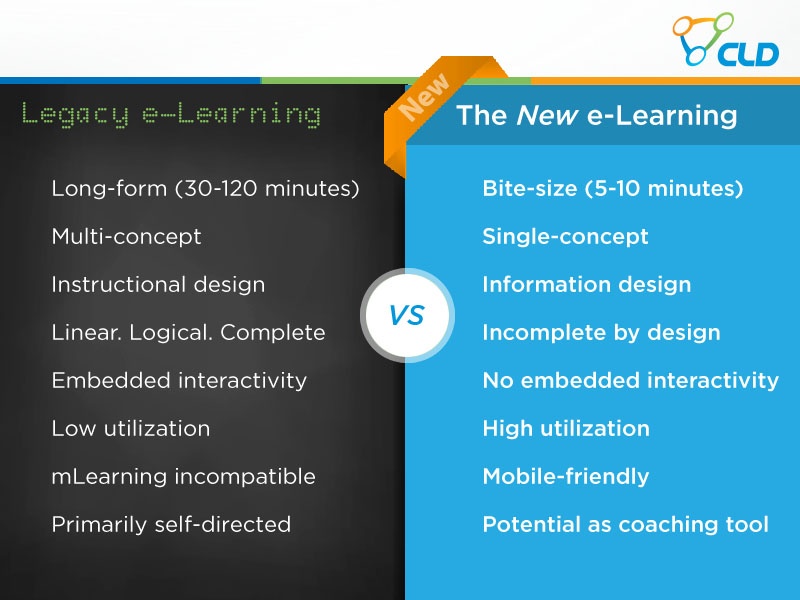
Crowdsourcing: Changing How People Share and Measure Knowledge Across Organizations by Larry Israelite
Session Takeaway
The key question on my mind was: How do we implement this in a highly regulated and compliance regulated field? After sleeping on it, my “Aha!” moment was: Crowdsourcing doesn’t have to be unmoderated. For example, it can be used to gather best practices from the field or objections that the sales force is encountering NOW and quickly generate training to disperse this knowledge to the rest of the field.
Alicia’s Key Learnings



